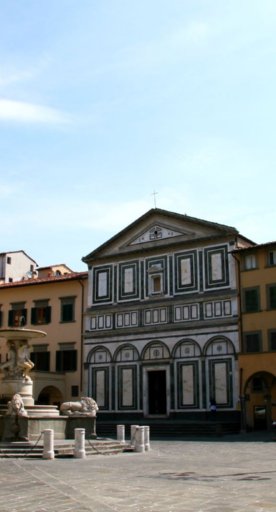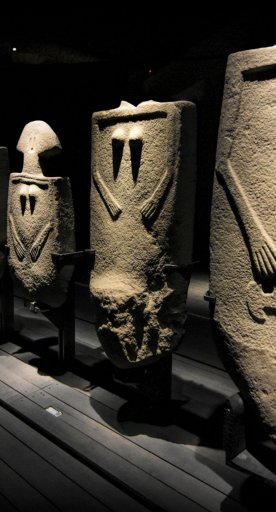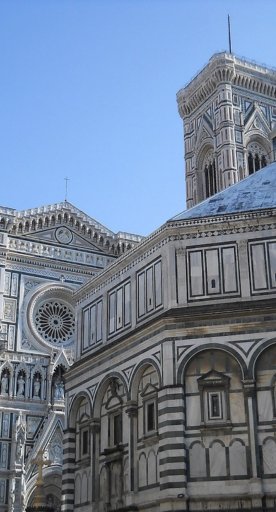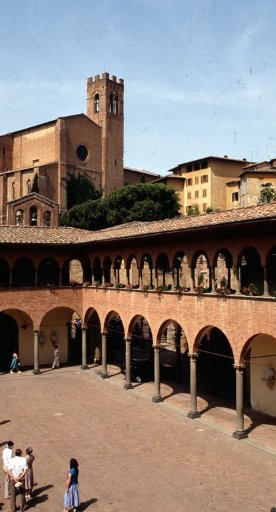

The season of Art Nouveau in Florence
Traces of a style in and around the city
Thinking of the spread of the refined Art Nouveau style in Tuscany, the thought immediately goes - correctly - to towns like Viareggio or Montecatini Terme; however, Florence and its surroundings also have something to tell on the matter.
On this topic we propose a path of discovery for the merely curious or enthusiast, among terraced houses, villas, museums, and cemeteries, to be made in Florence and surrounding municipalities.
Modern, innovative, decorative and, above all, declined to 360 degrees between art, architecture, decoration and objects: Art Nouveau was led in the early 20th century by some eclectic and prolific figures, with peaks of excellence such as the Chini family, in particular Galileo, who worked all over the world but resided in Florence: his studio can still be glimpsed in Via del Ghirlandaio.
-
1.Episodes in the center of Florence
-
2.Beyond the circle of avenues
-
3.Ethereal figures, religious art, beauty
-
4.Waiting for reopening
Episodes in the center of Florence
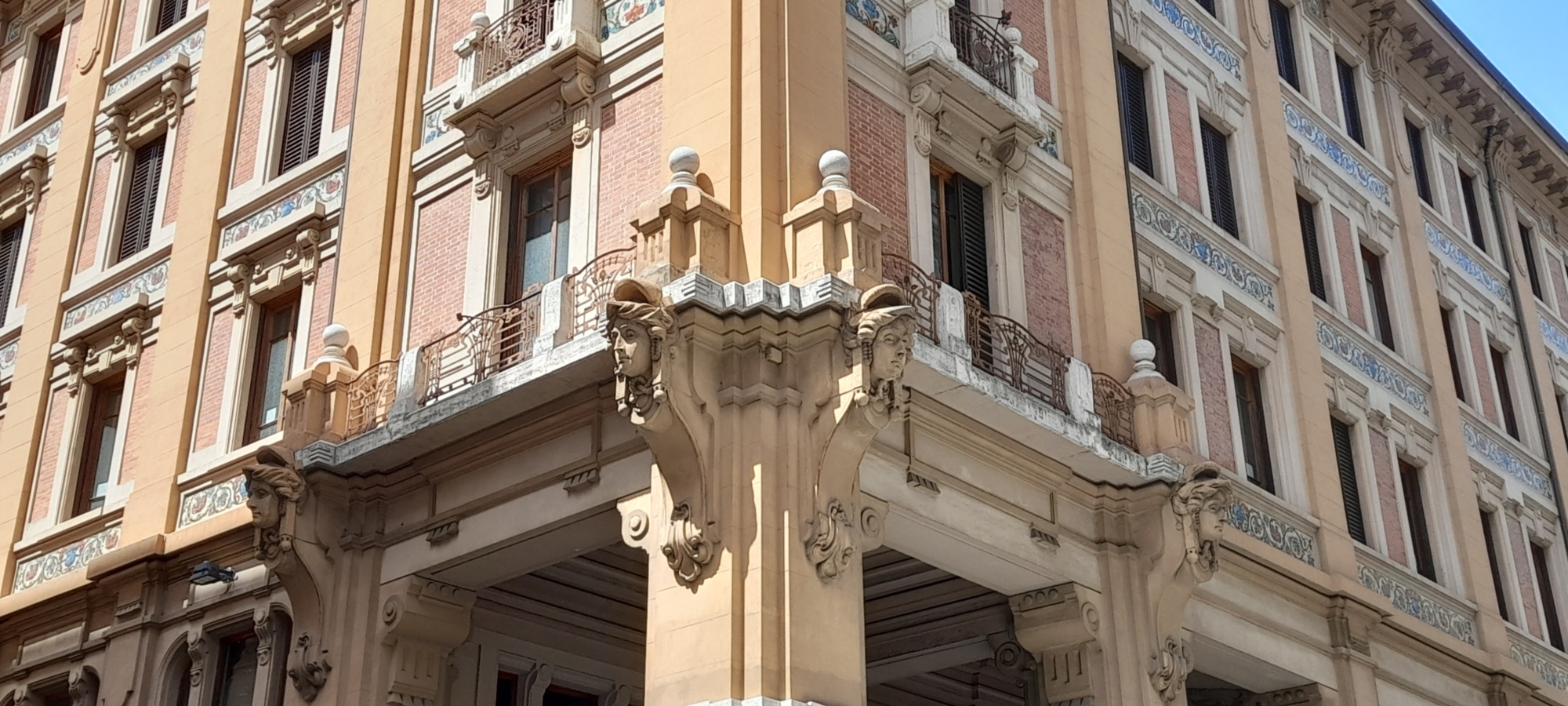
The eclectic style struggled a bit to establish itself in the historic center, however, it was the construction sites for Firenze Capitale that gave a boost to the change: in the “restored to new life” center of the city, that is, the area of Piazza della Repubblica we find in Palace Pola and Todescan (Via dei Brunelleschi), a first episode dating back to the year 1903. In addition to the ceramics, the elegant male and female heads that adorn the facade of the palace, the work of architect Giovanni Paciarelli with the collaboration of Michelazzi, are of interest.
In Borgo Ognissanti, almost on the square of the same name, is the striking Vichi Gallery House, which stands out among much less original buildings. Architect Giovanni Michelazzi designed it in 1911. From its origins the house provided for commercial activities on the ground and first floors, while the upper floors housed dwellings. In addition to its absolutely original form and decoration, the gallery house is interesting for its use of artificial travertine, quite similar to the natural travertine used, for example, in the nearby church of Ognissanti.
Beyond the circle of avenues

You must then move away from the historic center to find other establishments of this style, which arose where new houses were built: one example is the Carnielo Gallery in Piazza Savonarola, a civic museum under renovation for many years and the studio of sculptor Rinaldo Carnielo, from Treviso.
In the same area, on the edge of the avenues made where the ancient walls once stood are the two adjacent buildings on Via Scipione Ammirato: Villa Broggi Caraceni and Villa Ravazzini. These are private dwellings, work of architect Michelazzi: visiting them is impossible, but even from the outside it is easy to grasp the elegant taste of the decoration, in some cases done by Galileo Chini, the charm of the soft and sinuous lines.
Another area adjoining the avenues, other villas for bourgeois families: on Via Giano della Bella there are two, both by architect Michelazzi for the same Lampredi family. If you look closely, it is possible to catch a glimpse of Galileo Chini's hand, in the majolica tiles on the facade.
Ethereal figures, religious art, beauty
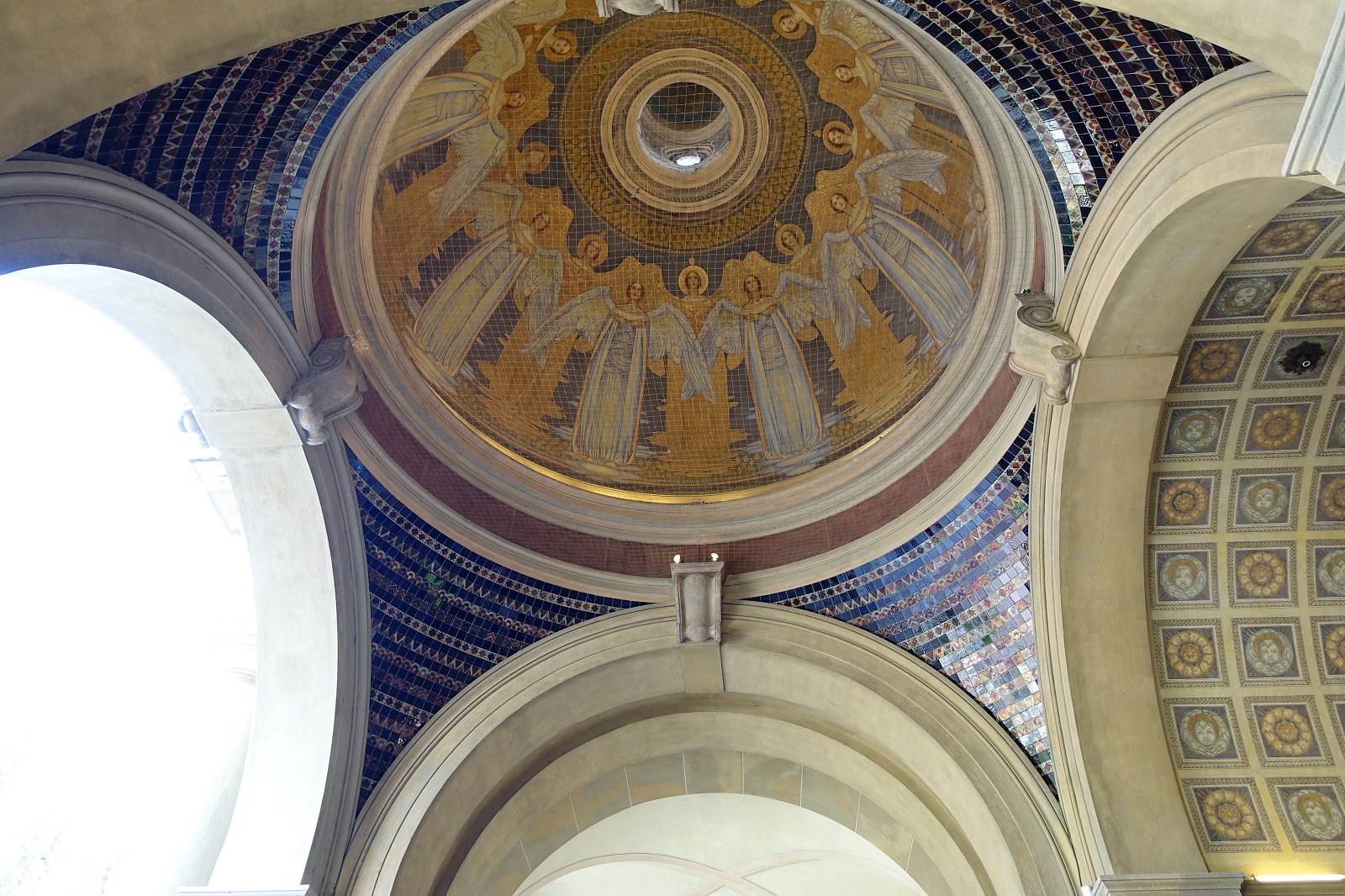
Moving on from Florence we have evidence of Galileo Chini's great prolificacy at the Cimitero Monumentale della Misericordia dell'Antella (Monumental Cemetery of the Mercy in Antella), in the municipality of Bagno a Ripoli.
We are talking about a small village, whose majestic cemetery, inaugurated in 1856, is extremely rich in works of art thanks to the action of Ubaldino Peruzzi, who was Mayor of Florence during the period when it was the Capital of Italy and who resided at Antella.
Leto and Galileo Chini began working there from the early 1900s, decorating the vaults and chapels with frescoes, friezes, stained glass, ceramics. Most of Galileo's religious-themed works are found at Antella; he himself is also buried in the chapel of San Silvestro along with his daughter, wife and other family members.
Waiting for reopening
It would be nice to be able to visit, in the castle of Calenzano, a special place like Villa Peragallo built by architect Fantappiè.
Unfortunately, in a state of semi-abandonment, it constitutes a testimony to the taste for furnishings and decoration, it is, in fact, above all the interior that is marked by the floral and Art Nouveau taste: different artists confronted each other with stucco, pictorial decorations, fixed furnishings, furniture, all in harmony and with the intention of creating environments all different from each other.
On the other hand, the reopening of the Richard Ginori Museum in Sesto Fiorentino, where the collections of Italy's most famous porcelain factory are collected, is still awaited. Here, at the turn of the century and the beginning of the 20th century, products strongly influenced by secessionist trends from German-speaking countries were made under the leadership of Augusto Richard.












